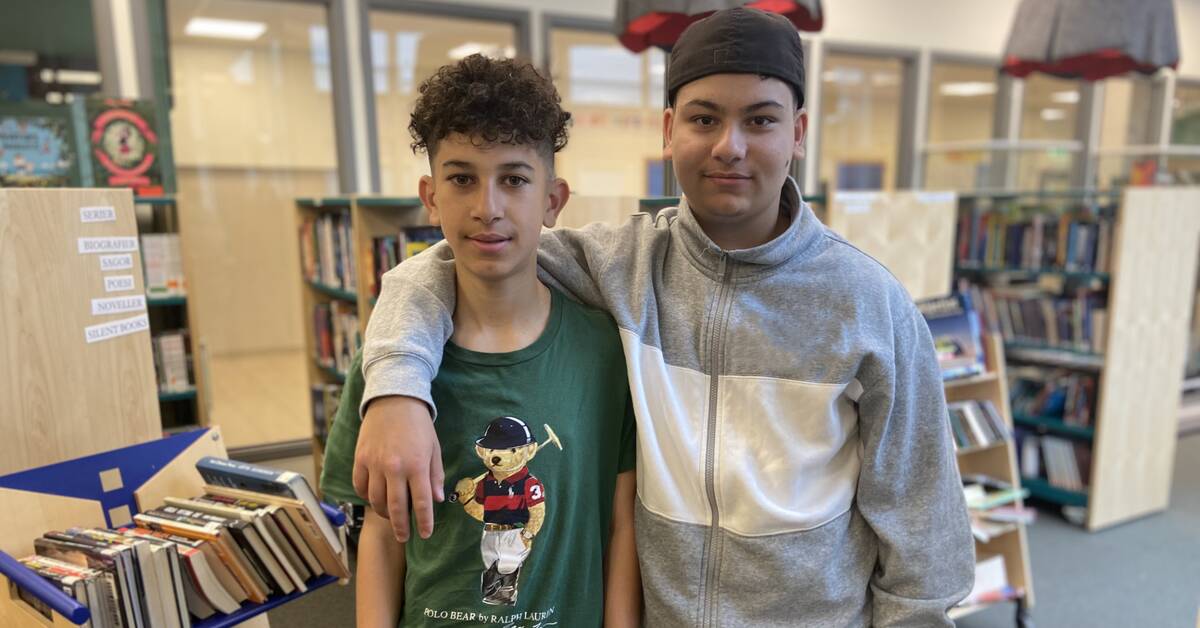It's the day before school ends.
In a moment, a prestigious football match between the nines and the teachers awaits.
We get a chance to talk to Nader Kreidli and Omar El-issa about what may be behind the grade increase at Rosengårdsskolan.
- When I started seventh grade, I had the goal of getting into high school, but it felt difficult.
Older friends told me everything you need to know.
But the teachers said that I will manage it and then they helped me, says Omar El-issa.
Omar has been going to school since year 1. Nader, on the other hand, got there in the seventh grade.
- The teachers have helped me more here than at my old school and I have worked harder, says Nader Kreidli.
The Rosengård model is part of the recipe for success
The high school was closed in 2013 due to the messy environment at the school which affected both staff, students and grades.
Only 28 percent of the nines were eligible for high school.
In 2019, the high school was opened again and now that the first litter is out, one explanation for the success is the so-called Rosengårds model.
- The Rosengård model is about structure, clarity and participation for the students and there is a lot of hard work behind these grades, says principal Cecilia Larsson Ståhl.
In line with the grade point average in Malmö
So 80 percent are high school graduates now and if you exclude newly arrived students, the figure is 86 percent.
This means that the school is on a par with the grade point average in Malmö.
Last school year, 83.7 percent of the city's ninth-graders were eligible for upper secondary school.
Both Nader and Omar are eligible for high school.
During the summer, they find out if they are getting into their first picks.
- I want to go to the economics program and it looks bright.
My goal is to become a real estate agent, says Nader Kreidli.
- I have applied for the nature program and want to become a molecular biologist or secondarily a doctor, says Omar El-issa.

